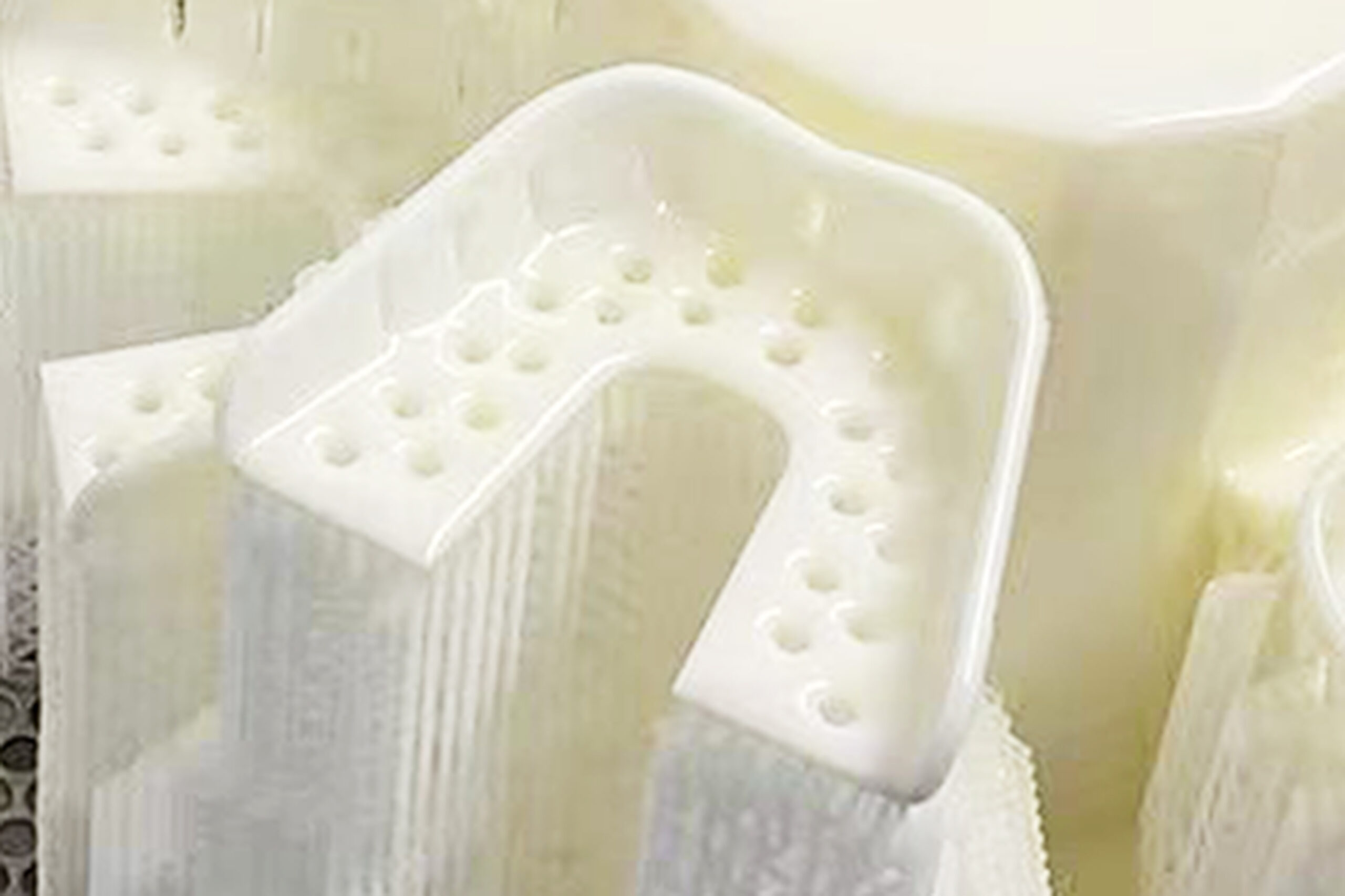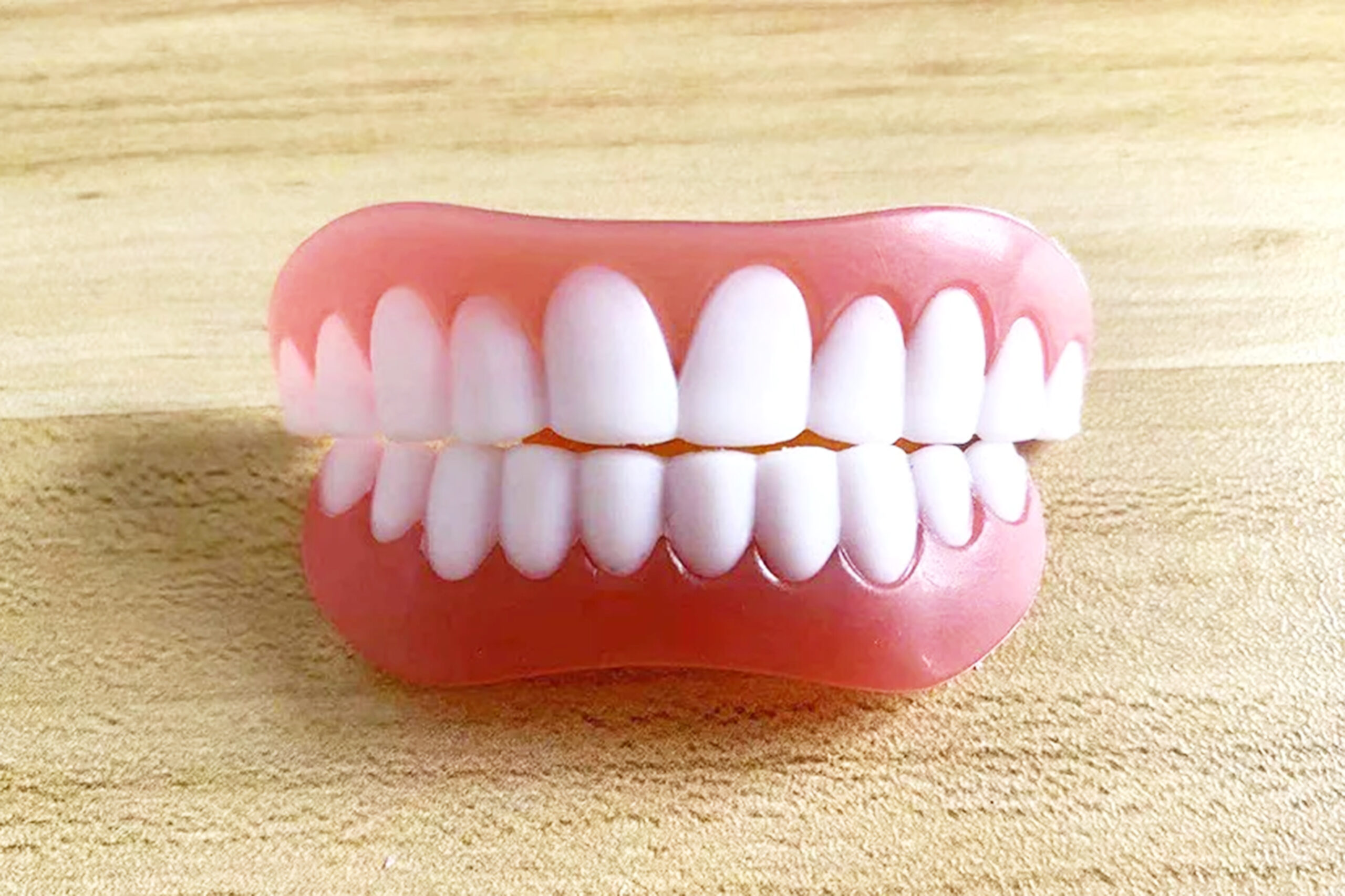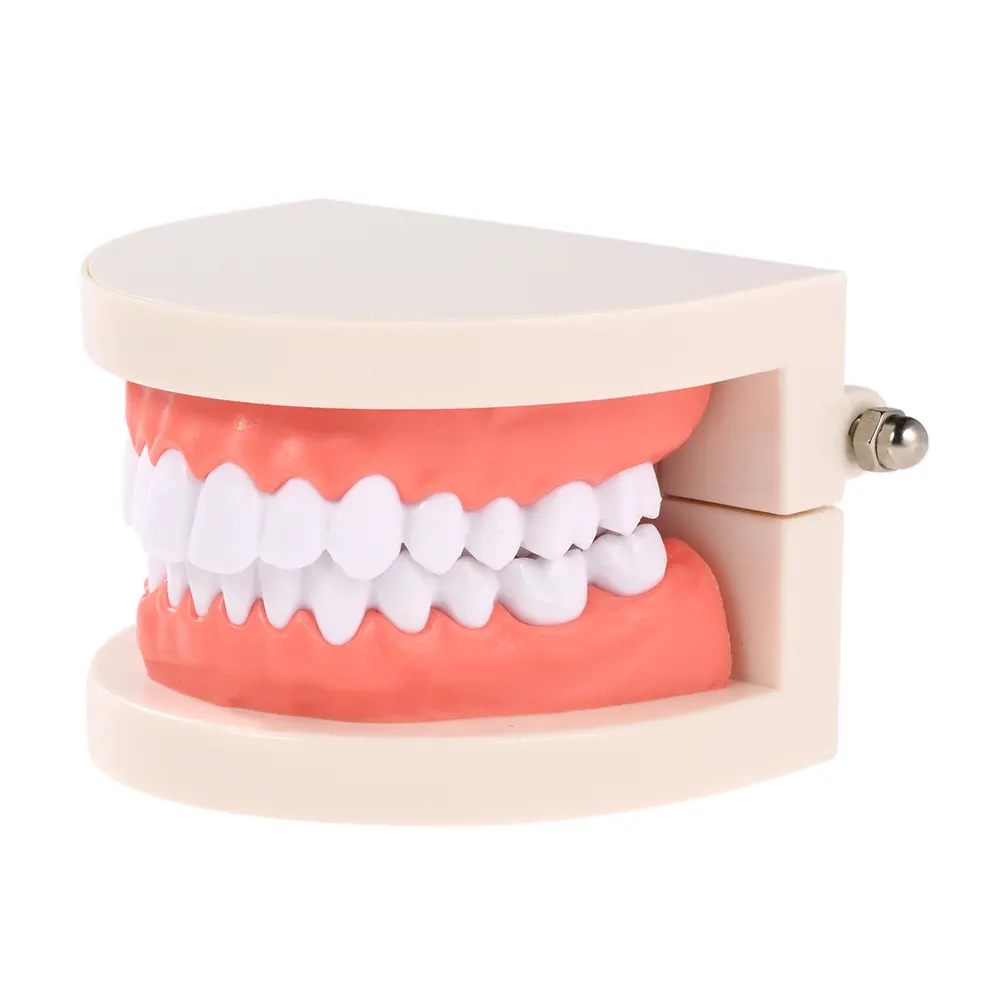Dental Industry
In recent years, 3D printing has revolutionized various industries including the dental industry. The ability to create customized and accurate dental products has made 3D printing an increasingly popular technology in the dental industry. This technology has been used to create dental models, prostheses, surgical guides, and orthodontic appliances.

What we have achieved with 3D printing:

3D Printing Dental Models:
In the past, dental models were created using traditional methods such as plaster casting, which were time-consuming and could lead to inaccuracies. However, with 3D printing technology, dental models can be created quickly and with precision. Using a digital scanner, a dentist can scan a patient’s teeth and create a digital model. The digital model can then be used to create a 3D-printed dental model.
The advantages of 3D-printed dental models are numerous. They are more accurate and durable than traditional dental models, and they can be produced quickly and cost-effectively. Additionally, 3D-printed dental models can be used to create surgical guides and orthodontic appliances.
3D Printed Dental Prostheses:
3D printing technology has also been used to create dental prostheses. With 3D printing, dental prostheses can be created quickly and customized to fit the patient’s mouth. This technology has been particularly useful in creating implant-supported restorations. The digital model of the patient’s mouth can be used to create a 3D-printed surgical guide, which can then be used during the implant placement procedure. The use of 3D printing technology in dental prostheses has improved the accuracy and fit of prostheses, reducing the need for adjustments and remakes.


3D Printing Orthodontics:
Orthodontic treatment involves the use of braces or clear aligners to straighten teeth. With 3D printing technology, orthodontic appliances can be created with precision and customized to fit the patient’s teeth. 3D printing has made it possible to create clear aligners that are more comfortable and effective than traditional braces. Additionally, 3D printing has made it possible to create orthodontic appliances with greater precision and accuracy, reducing the need for adjustments and improving treatment outcomes.
The use of 3D printing technology in orthodontics has also made it possible to create surgical guides for orthognathic surgery. Orthognathic surgery is a surgical procedure that is used to correct jaw irregularities. With 3D printing technology, a surgeon can create a surgical guide based on a patient’s digital model, which can then be used during the surgical procedure. The use of surgical guides has improved the accuracy of orthognathic surgery and reduced the risk of complications.
The use of 3D printing technology in the dental industry has transformed the way dental products are created. With 3D printing, dental models, prostheses, orthodontic appliances, and surgical guides can be created quickly and with precision. The use of 3D printing technology has improved the accuracy and fit of dental products, reducing the need for adjustments and remakes. Additionally, 3D printing technology has made it possible to create customized dental products, improving treatment outcomes and patient satisfaction.
Overall, 3D printing technology has had a significant impact on the dental industry. As the technology continues to evolve, it is likely that we will see further advances in dental product creation, improving patient care and treatment outcomes.

